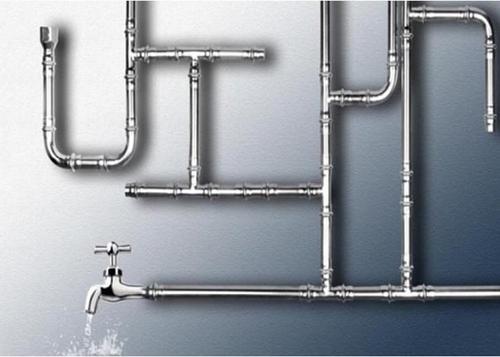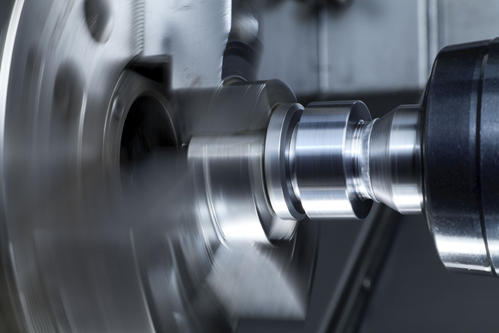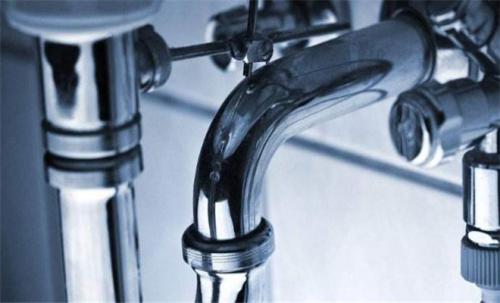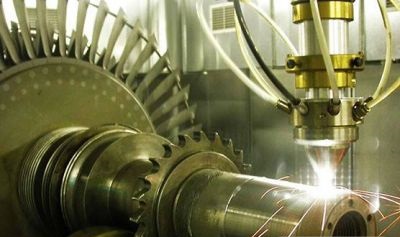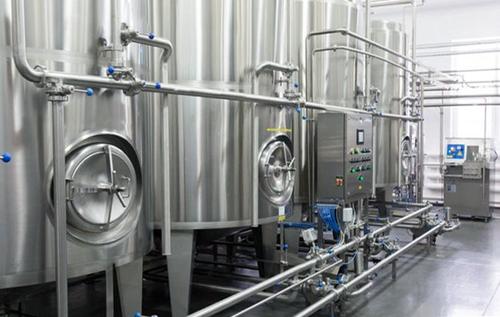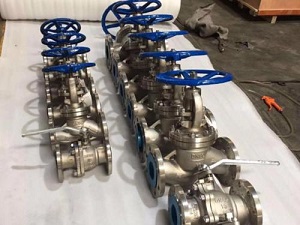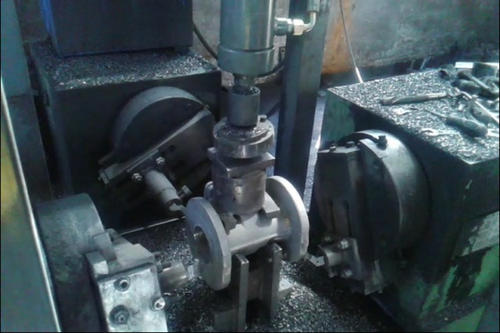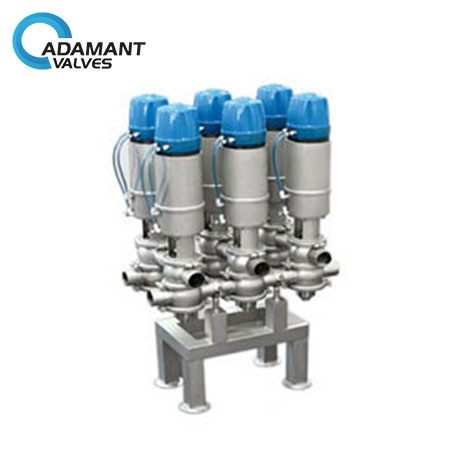Category: Sanitary Shut-off Valve
Brief Introduction of Liquefied Gas Shut-off Valve
The opening and closing member of the liquefied gas shut-off valve is a plug-shaped valve flap. The sealing surface is flat or cone-shaped. The valve flap makes linear motion along the centerline of the fluid. The movement of the valve stem includes lifting rod type (the valve stem lifts while the hand wheel doesn’t lift) […]
Read moreIntroduction of Upper Sealing Structure of Shut-off Valve
The shut-off valve has a simple structure. It can be opened or shut off through the mechanism of the valve stem rotation and lifting. And the sealing and upper sealing functions of the valve can be ensured. Due to the special movement mechanism of this structure, it will cause extremely unfavorable consequences to the upper […]
Read moreThe Flow Resistance of Shut-off Valve
The valve stem axis of the shut-off valve is vertical to the valve seat sealing surface. The opening and closing strokes of the valve stem are relatively short. And there’s a very reliable shut-off action, which makes this kind of valve very suitable for shutting-off, regulating, and throttling of the medium. Once the valve flap […]
Read moreWhat are the Uses of Shut-off Valve?
What are the Uses of Shut-off Valve? 1. The structure of the shut-off valve is simpler than that of the gate valve. It’s easy to manufacture and repair. 2. The sealing surface of the shut-off valve is not easy for wear and abrasion. The sealing performance is good. There is no relative sliding between the […]
Read moreWhat is a Shut-off Valve?
A sanitary shut-off valve is a kind of mandatory sealed valve. When the valve is closed, pressure must be applied to the valve gate to ensure the sealing surface doesn’t leak. When the medium enters the valve from below the valve gate, the resistance the operating force needs to overcome is the friction between the valve stem and […]
Read moreIntroduction of Forged Steel Flange Shut-off Valve
A forged steel flange shut-off valve is a kind of valve whose closing member (valve flap) moves along the centerline of the valve seat. According to this type of movement of the valve flap, the change of the valve seat outlet is proportional to the stroke of the valve flap. Because the opening and closing […]
Read moreThe Features of Duplex Stainless Steel Shutoff Valves
The excellent performance of an all-forged duplex stainless steel sanitary shutoff valve is determined by the performance of the materials and the structural characteristics of the valve itself. So, let’s first take a look at the characteristics of the duplex steel. The so-called “duplex stainless steel” is a kind of steel in which the ferrite phase […]
Read moreIntroduction of Brass Shut-off Valve
The brass shut-off valve is one type of shut-off valve. Its main material is brass. Brass is also known as a copper-zinc alloy. It is most commonly known as three seven brass, referring to the proportion of zinc and copper in it. Due to its good mechanical properties and processing performance, it is widely used. […]
Read moreSix Advantages of Bellows Sealed Shutoff Valves
What is a Bellows Sealed Shut-Off Valve? The bellows-sealed shut-off valve is a highly specialized valve used to control flow rates in many industrial processing systems. It is suitable for various working condition pipelines in petroleum, chemical, pharmaceutical, fertilizer, electric power, and other industries to cut off or connect pipeline mediums. The critical component of […]
Read morePressure Testing Methods for Shutoff Valves
How to pressure test a sanitary shutoff valve? Sanitary shutoff valves play a critical role in almost any fluid, gas, or slurry system. We depend on shutoff valves to provide dependable on and off functionality and specific flow rates in residential, commercial, and institutional applications. While many are utilized routinely, they can also provide safety […]
Read more
